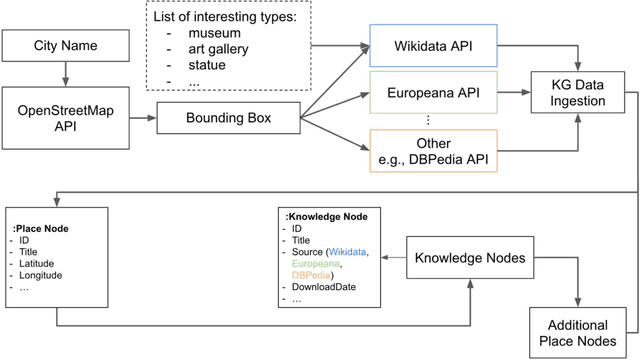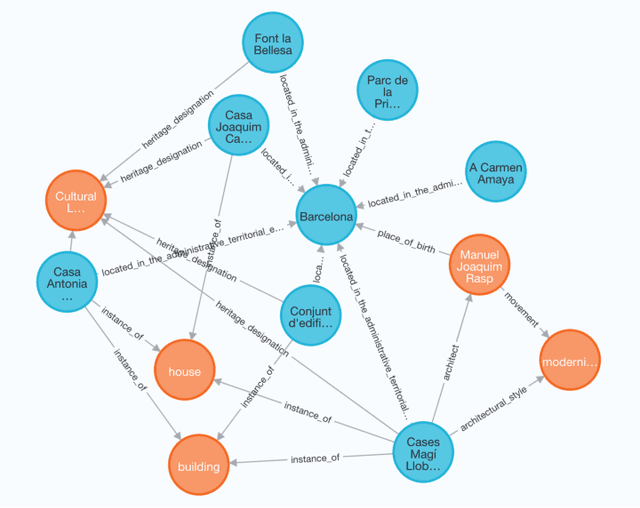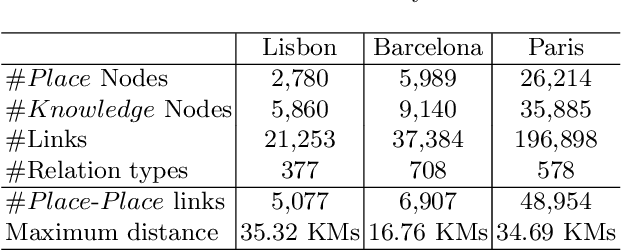Feliks Hibraj
Geolocation of Cultural Heritage using Multi-View Knowledge Graph Embedding
Sep 08, 2022



Abstract:Knowledge Graphs (KGs) have proven to be a reliable way of structuring data. They can provide a rich source of contextual information about cultural heritage collections. However, cultural heritage KGs are far from being complete. They are often missing important attributes such as geographical location, especially for sculptures and mobile or indoor entities such as paintings. In this paper, we first present a framework for ingesting knowledge about tangible cultural heritage entities from various data sources and their connected multi-hop knowledge into a geolocalized KG. Secondly, we propose a multi-view learning model for estimating the relative distance between a given pair of cultural heritage entities, based on the geographical as well as the knowledge connections of the entities.
Efficient Tensor Kernel methods for sparse regression
Mar 23, 2020



Abstract:Recently, classical kernel methods have been extended by the introduction of suitable tensor kernels so to promote sparsity in the solution of the underlying regression problem. Indeed, they solve an lp-norm regularization problem, with p=m/(m-1) and m even integer, which happens to be close to a lasso problem. However, a major drawback of the method is that storing tensors requires a considerable amount of memory, ultimately limiting its applicability. In this work we address this problem by proposing two advances. First, we directly reduce the memory requirement, by intriducing a new and more efficient layout for storing the data. Second, we use a Nystrom-type subsampling approach, which allows for a training phase with a smaller number of data points, so to reduce the computational cost. Experiments, both on synthetic and read datasets, show the effectiveness of the proposed improvements. Finally, we take case of implementing the cose in C++ so to further speed-up the computation.
 Add to Chrome
Add to Chrome Add to Firefox
Add to Firefox Add to Edge
Add to Edge